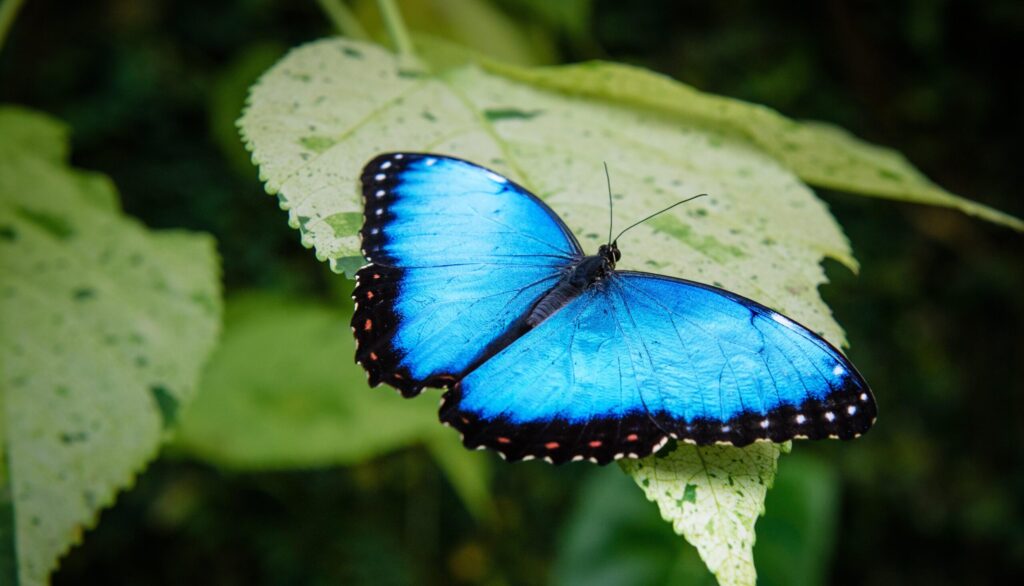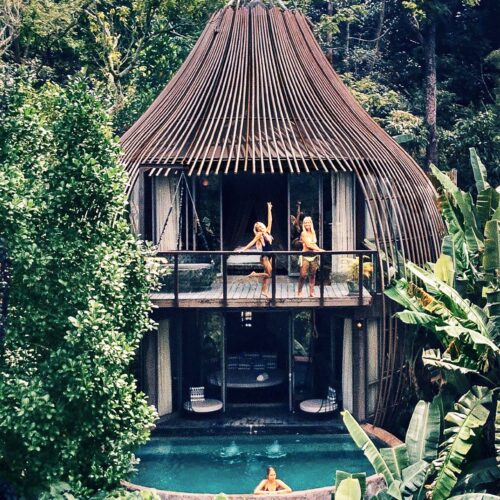
Get ready to spread your wings like a Butterfly and fly with the most colorful, charming, and quirky butterflies around the world!
Butterflies are one of the most fascinating and beautiful creatures in the world. They are known for their vibrant colors, intricate patterns, and delicate wings. If you want to see these fantastic insects up close, you can visit many places.
From butterfly pavilions and gardens to natural habitats and parks, there are countless opportunities to view butterflies in their natural environment.
Whether you’re a nature lover, a butterfly enthusiast, or simply looking for a unique and inspiring experience, you can visit plenty of places to see these stunning insects in action.
Here are some butterfly pavilions in the USA where you can see different species of butterflies:
- Butterfly Pavilion and Insect Center, Colorado: This pavilion is located in Westminster, Colorado, and it houses more than 5,000 animals, including hundreds of butterflies from around the world.
- Butterfly Wonderland, Arizona: Located in Scottsdale, Arizona, Butterfly Wonderland is home to thousands of these stunning creatures from worldwide.
- Magic Wings Butterfly Conservatory and Gardens, Massachusetts: This conservatory is located in South Deerfield, Massachusetts, and is home to over 4,000 species.
- Key West Butterfly and Nature Conservatory, Florida: This conservatory is located in Key West, Florida, and is home to more than 50 butterflies worldwide.
- Pacific Science Center Butterfly House, Washington: Located in Seattle, Washington, the Pacific Science Center Butterfly House features hundreds of butterflies worldwide.
- Sophia M. Sachs Butterfly House, Missouri: This pavilion is located in Chesterfield, Missouri, and is home to more than 2,000 butterflies worldwide.
- The Butterfly Palace and Rainforest Adventure, Missouri: Located in Branson, Missouri, this pavilion houses more than a thousand butterflies worldwide.
- The Natural History Museum of Los Angeles, California: The Butterfly Pavilion is open seasonally. Visitors can walk through a lush outdoor garden and interact with hundreds of free-flying butterflies.
TIP: These pavilions typically have a season during which they are open to the public. Since most butterflies are active during the warmer months, many pavilions operate from spring to early fall. The exact opening and closing dates may vary depending on the location and climate.
Some pavilions may be open year-round, but the number and variety may be lower during the cooler months. It’s always a good idea to check the website or contact the pavilion to confirm their opening dates and hours of operation.
If you don’t have a butterfly pavillion near you, create one at home.
Did you know?
Butterflies have a unique way of tasting their food. Instead of having a tongue, butterflies use their feet to taste. They have taste receptors on their feet that allow them to sense the chemical composition of plants and other substances. This helps them identify which plants are suitable for laying their eggs and which they can feed on.
Some varieties can see ultraviolet light, which is invisible to humans and many other animals. This allows them to perceive patterns and colors on flowers that are not visible to the naked eye.

A little history:
Butterflies date back thousands of years. In ancient civilizations, they were often seen as symbols of transformation, rebirth, and renewal. For example, the they were associated with the goddess Psyche, who represented the human soul in ancient Greece.
In Mesoamerican cultures, they were believed to be the reincarnated souls of deceased ancestors.
In the 1500s, explorers began to bring back specimens of exotic butterflies from around the world, leading to an increased interest in studying and collecting these insects. The first book about these fluttery creatures was published in 1602 by the Italian naturalist Federico Cesi.
In the 18th and 19th centuries, the study of butterflies became increasingly popular, and many new species were discovered and named.
They are recognized as essential pollinators and indicators of environmental health. However, many species are facing threats from habitat loss, climate change, and other factors.
Efforts are being made to conserve and protect populations, including creating butterfly gardens and habitats.



